Today, we’ve invited Julie Aubé, local nutritionist and author, to talk to us about her favorite subject: eating local! 🤗🌿
As we all know, transporting food has an impact on the environment. At the same time, what a pleasure it is to discover all the unique flavours our region has to offer!
The aim of this article is to take a look at some of the ingredients that are often imported, when it’s possible to source local flavors that can be substituted. 🌱
The idea is not to look for an identical replica of what comes elsewhere, but to support local farmers, artisans and pickers, while enjoying tasting our territory. 🥰
Here are 15 equivalent ingredients produced in Quebec to eat locally and support local producers. ⤵️
Content

1. Ginger
Did you know that many local market gardeners grow them? When freshly harvested in late summer, its juiciness and low fiber content will charm you. Since ginger freezes well, it’s possible to be self-sufficient in ginger by the end of the year. Freeze it whole, in pieces, grated or chopped in ice cube trays: it doesn’t take up much freezer space and you’ll have your local ginger on hand at all times. In the same vein: some local market gardeners also grow turmeric and lemongrass locally. If these are flavors you like, ask your local market gardeners! ☀️
2. Sugar
Substitutions are easy – and delicious – on the sweet side! White sugar and brown sugar can be replaced in our recipes by honey from our Quebec beekeepers, or by our irreplaceable maple syrup. In a muffin recipe, for example, we replace sugar with honey or maple syrup in equal quantities, reducing the liquid (e.g. milk) slightly. In other baked goods, it’s sometimes better to opt for a solid sugar like maple sugar. 🍯🍁
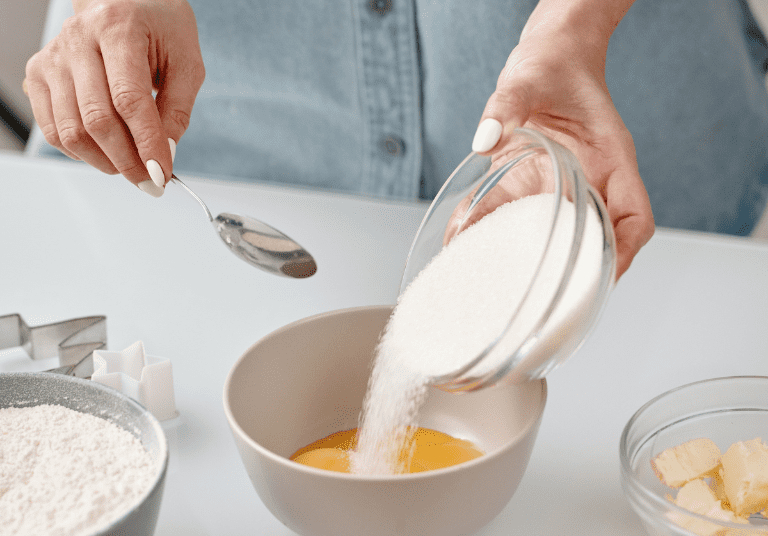
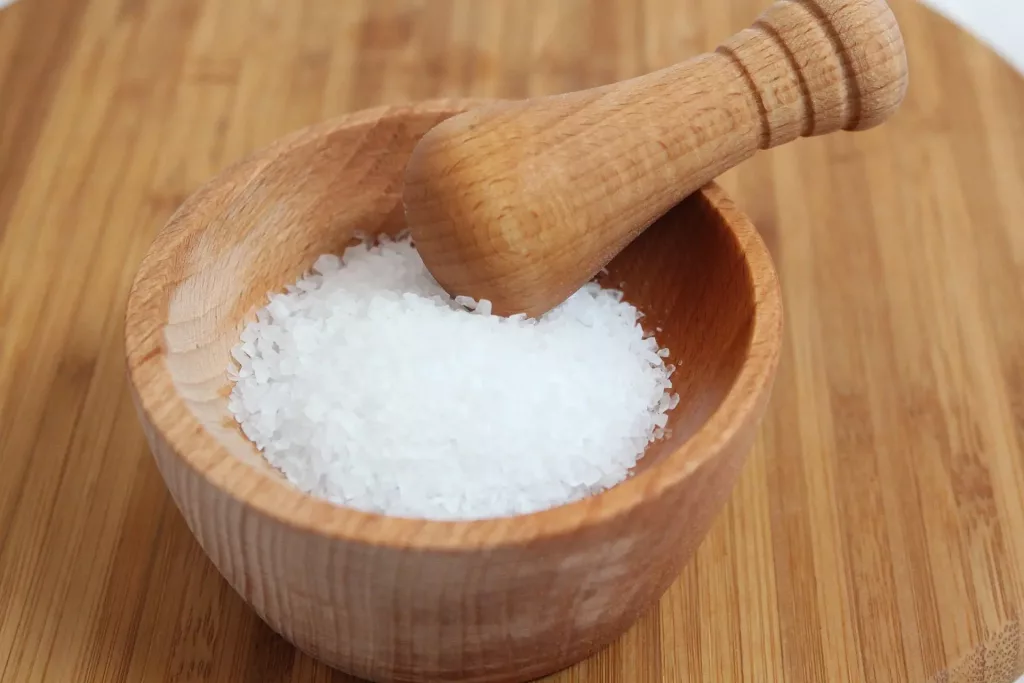
3. Slat
Today, local companies market salt from the Gulf of St. Lawrence. These are fine, finishing salts. Why not opt for these products from local salt waters, which are increasingly easy to find, rather than salt flowers that have crossed the ocean? 🧂💦
4. Hot peppers
Many commercial hot sauces are industrially produced from chillies about which little is known. But the good news is that local, artisanal hot sauces have been on the increase in recent years. They’ve become very easy to find, and there’s even an embarrassment of riches to choose from! There’s also the possibility of sourcing different types of varied local hot peppers from market gardeners to incorporate into your cooking, and maybe even make your own hot sauces if you feel like it! 🌶️🔥


5. Table grapes
Grapes are one of the most widely consumed fruits in Quebec. Yet most of what is consumed in the province is imported. In recent years, local table grapes have become increasingly available in early autumn. It’s a real pleasure to discover hyper-fresh red, blue or green grape varieties that have unique, homegrown tastes. 🍇
6. Sweet clover
This little local flower contains a compound that gives it a scent reminiscent of hay and vanilla. It’s not the same as vanilla: it’s unique, and that’s what makes sweet clover so interesting! Whether you choose to use the concentrated liquid extract or the little dried white flower, melilot is exquisite, especially in our desserts and pastries. 🌾🍰
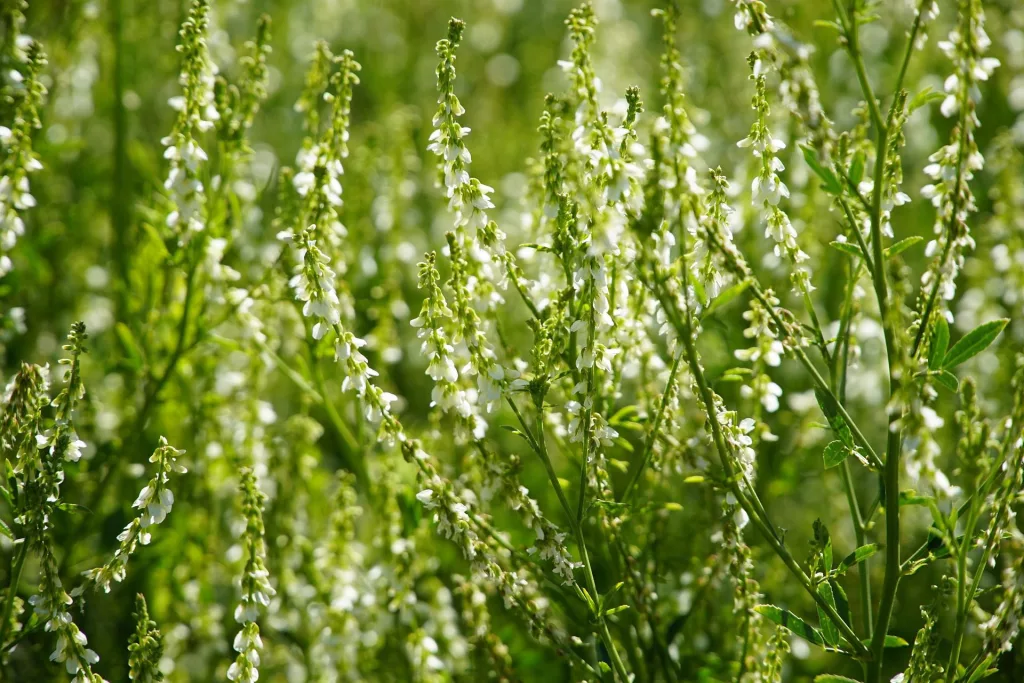
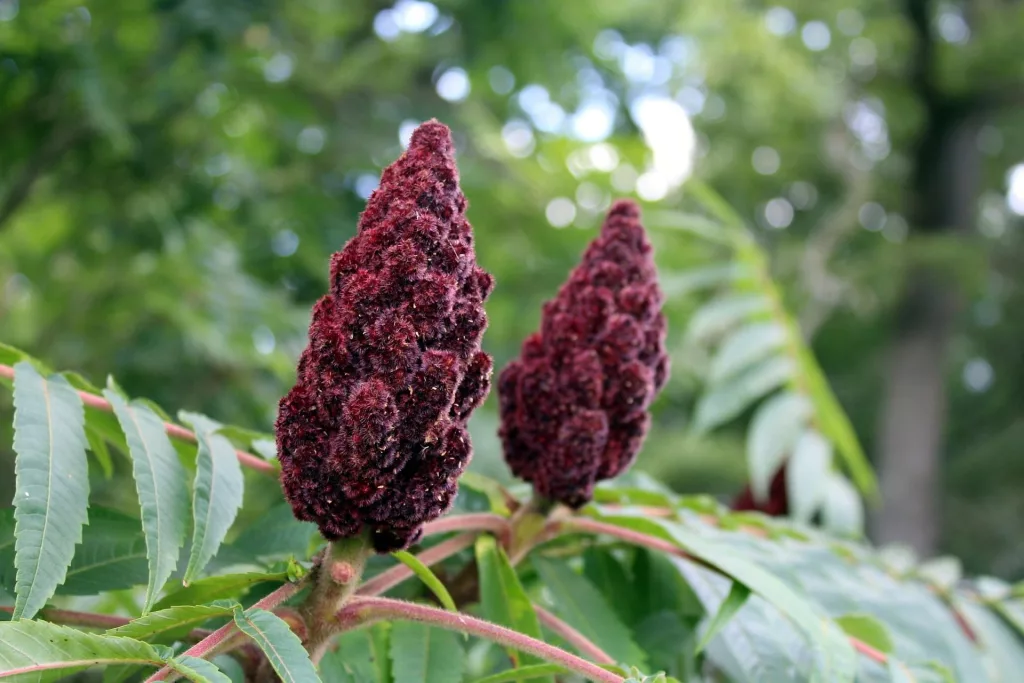
7. Sumac
Popular in Middle Eastern cuisine, sumac adds an almost lemony note to our rubs and marinades, for example, as well as finishing touches to many dishes. Sumac vinegar, which grows here along paths and fields, is harvested by pickers who market a local sumac. It’s a beautiful, sweetly tangy pink-red powder to discover if you haven’t already! 🥩🍗
8. Capers
This condiment is classic with smoked fish, tartare, sauce vierge, sauce gribiche and other recipes. Did you know that travel capers can be replaced by local ingredients prepared in the manner of capers? The most common is daisy bud caper, available from many pickers. Some also make immature elderberry capers, or even immature blueberry capers. 🍲🥫
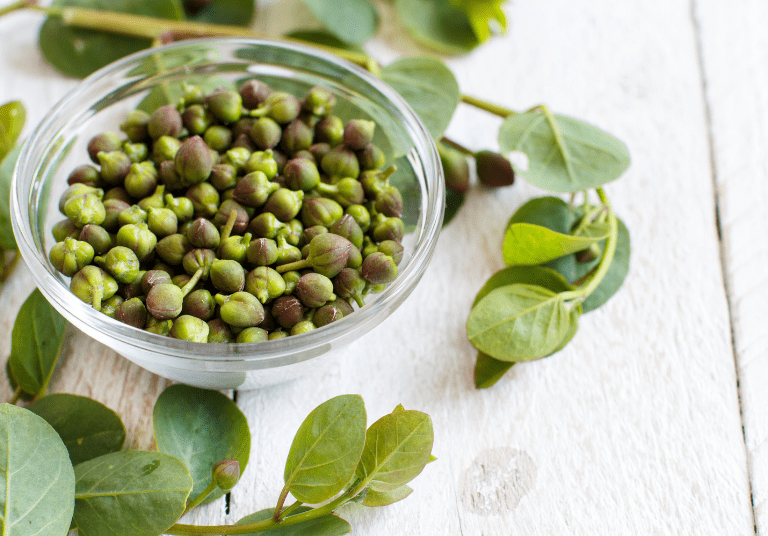

9. Pulses
Chickpeas have become so popular in our diets (couscous, hummus, salads and other recipes) that we often forget that we’ve long had our own local dry pea: the yellow pea. Why not make your next hummus with local yellow peas? Many other legumes bought dry or canned have been grown elsewhere, but it’s interesting to know that Quebec farmers grow them here: locally, you can find black, red, white, zebra, black-eyed and other varieties of beans. 🌱🥗
10. Safran
Did you know that saffron grows in Quebec? When we talk about saffron being the most expensive spice, we’re talking about the price by weight; saffron is extremely light, since it’s the dried pistil of a flower, the crocus sativus. As the pistils have to be carefully harvested and gently dried, the price per gram is high, but you don’t need a large quantity to flavour a recipe: a hint is enough to perfume several portions with its irreplaceable flavour! 🍝
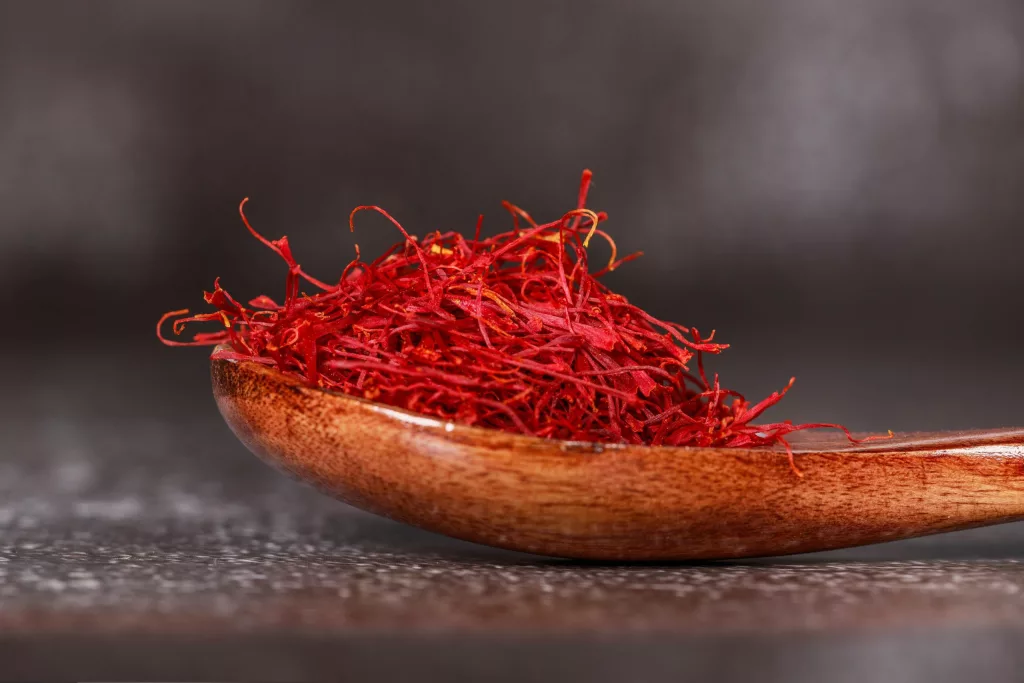
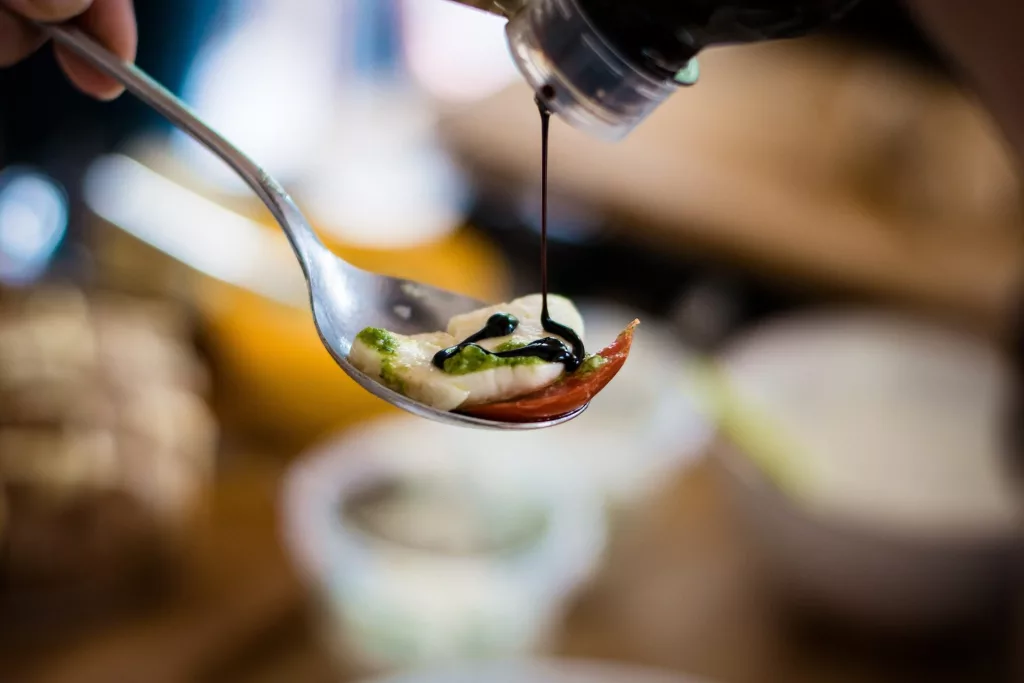
11. Vinegar
Most supermarket vinegars don’t come from local farmers and artisans. Local vinegars are available from farms, farmers’ websites, markets and grocers who promote local products. Cider vinegar, delicious and versatile, is the easiest to find. There are also a number of local fruit vinegars to discover: blackcurrant, raspberry, etc. Maple vinegars are also available, not to mention versions of cider vinegar that can be aged in different ways to resemble “balsamic” vinegars. Another home-grown product that can color a vinaigrette or marinade while providing a unique flavor is birch syrup. Dense in flavor and truly unique, one note is all it takes to add a sweet, slightly tangy touch to recipes. Are you familiar with verjuice? It’s a liquid obtained from pressing immature apples or grapes, hence its sweet, fruity acidity. 🧴🍃
12. Walnuts
The vast majority of walnuts available in supermarkets are imported. Little by little, farmers with northern walnut orchards are making local walnuts available. For the moment, quantities are relatively limited, but they are likely to become increasingly generous in the years to come. The most common, for the time being, are the black walnut, with a taste reminiscent of mushroom and blue cheese. Butternut is softer, buttery and slightly sweet. Quebec hazelnuts are also a treat. And when it comes to seeds, local pumpkin seeds are now available, even in supermarkets, so prefer them to versions from far away! 🌰🐿️
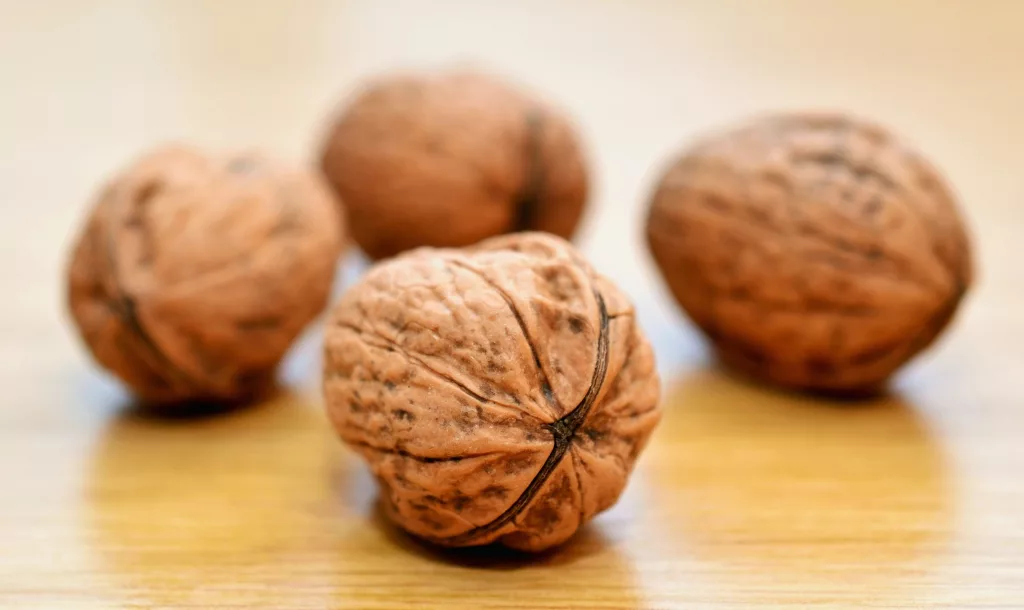
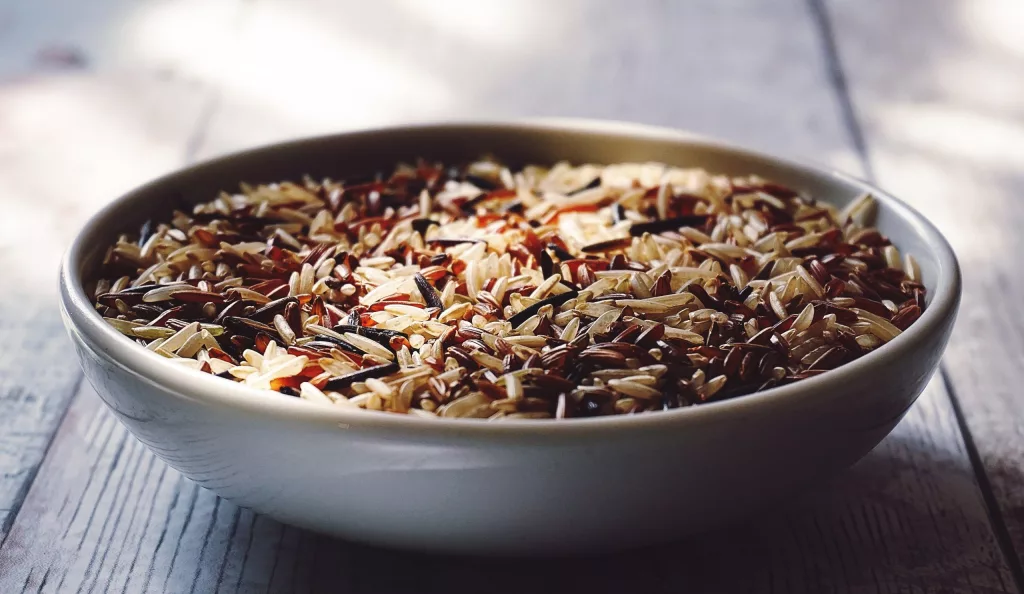
13. Rice
Even if it comes from far away, rice is common in our diet. For the sake of exploration, we can occasionally replace it with local options, such as naked oats, which are becoming increasingly easy to find. Canadian barley and wild rice are also options that have grown closer to home, which can add variety to our side dishes, soups, salads and cabbage cigars. 🍚🍛
14. Oils
Olive oil reigns supreme on many a countertop. With good reason: it’s unique and delicious. To olive oil, why not add a few local oils, such as sunflower oil, tasty and very versatile. Camelina oil, a more vegetable oil, is worth discovering. Hemp oil, cold-pressed canola oil, linseed oil, cranberry seed oil, there’s no shortage of local oils to explore, again and again for the pleasure of variety! 🌿🌾
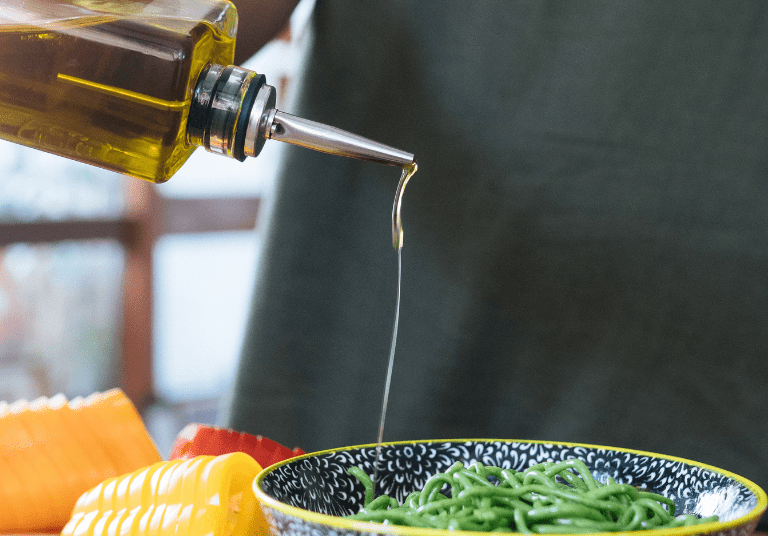

15. Fruits exotiques/acidulés
Sea buckthorn berries have an exotic je-ne-sais-quoi, a touch of passion fruit perhaps? Acidic, the juice can be used to replace orange juice in certain marinade or dessert recipes. In the same vein, rhubarb has a lovely acidity that can also add a tangy note to recipes as a replacement for citrus juice. And among tart juices, cranberry juice also has a fine place. 🐦🌺
The best way to adopt a local flavor with which you’re not yet familiar is to simply have it in your kitchen! Once you’ve got it, it’s time to find out more about it and look for ways to incorporate it into your meals. 🍴🥗☕
One new ingredient at a time, so that you can take the time to learn about them and try them out (rather than having lots of them all at once and forgetting about them), is the best way to integrate them into your new home-style culinary habits!
Happy exploring! 🤗
🌱 Discover the flavours of the region :
- At gourmet farmers, producers and artisans (or via their online boutiques).
- By visiting public markets across Quebec (as well as solidarity, regional or online farmers’ markets).
- In fine grocery stores or other gourmet boutiques and grocers that feature local products.
Pay attention to gourmet word-of-mouth, and be curious! When you look, you find!







